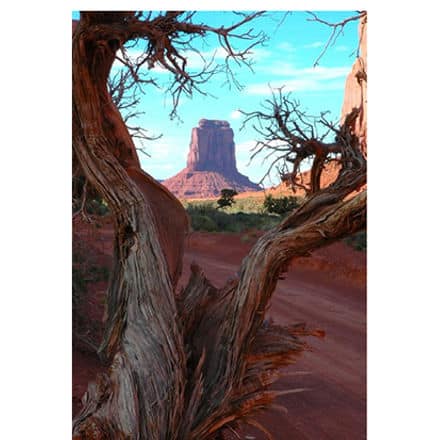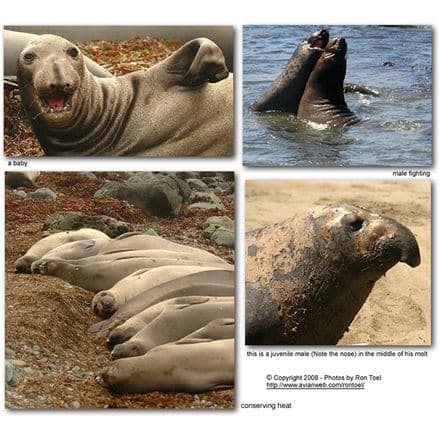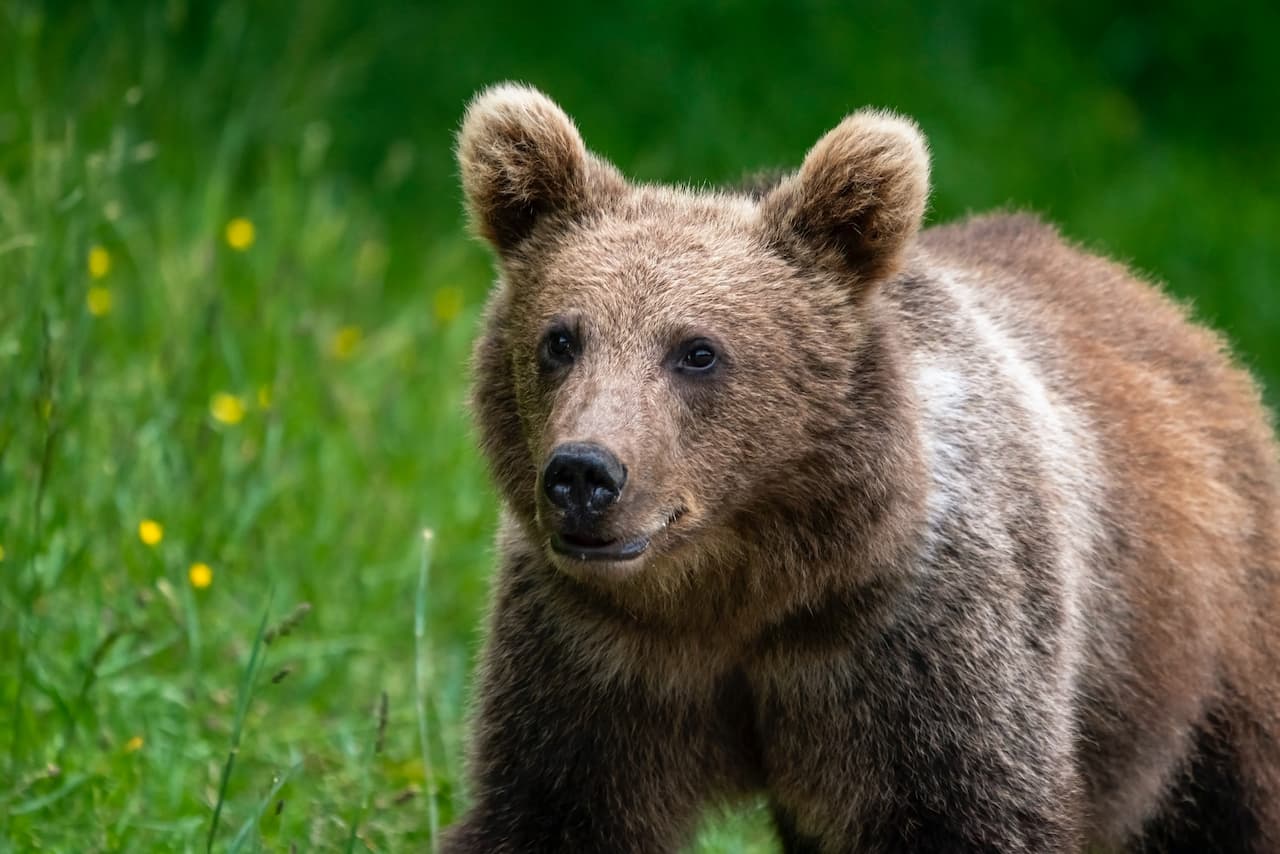Photography: Deserts
Photography: Deserts
Arid regions, for the photographer, really test one’s art for seeing. Since they offer a minimum in the choice of scenery, because it is scenes with rocks and little or no vegetation, but usually has many sand forms which are constantly changing.
The more arid a desert is, the less vegetation there is and so the stark scenery is even more. In extreme deserts, the bare topography makes fine material the simplified images. Not only are these arid deserts unusual and interesting because of their contrast with other habitats, but they also provide a rare chance to create geometric images. With little or no grass, shrub, or trees, the important elements within the image is the shapes and textures of the rocks and sand.
There are three types of desert topography. These are all influenced by the wind…..which becomes important only when there are no plants available. Desert pavement is a surface of rocks and gravel scoured by fine particles of wind. Sand dunes occur where the wind is forced to slow down. Thus it drops its load of sand. This happens on the lee side of rocks and low hills. Once a sand dune has begun, they always continue to add more sand and grow. Rocky hills stick out from the level sands. They become weathered by the violent actions of the runoff from the occasional storms, or the strong winds blowing sand, and the flaking due to temperature changes.
Desert bushes, grasses, or cacti modify the quality of the landscapes and are more common than bare sand or rock. Even though most of the plants make for less desirable images. Certain types of plants have very definite shapes ( saguaro cactus) that can be used for graphic compositions.
Because of so little rainfall, desert light can be very predictable. Low-in-the-sky sun positions give the most positive results for shapes and textures ( ripples in the sand or eroded rack surfaces). In the heat of the day, heat shimmers may give a partly blurred image, especially with long lenses. Ultraviolet and polarizing filters usually help this problem. These filters also correct the high reflections of the sand and rock.
The desert is one place where one needs extra care in the protection of one’s delicate electronic equipment. Dust and grit tend to find all the cracks and grooves of the bodies and lenses. Also, protect them from the intense heat.
Even though adverse conditions exist, this doesn’t mean that one should avoid the challenge of these types of places. Put in your “good eye” and create a masterpiece. This type of place is Wayne’s favorite, it may become yours as well.
If you would like to add to the above information, or would like to share with the AvianWeb visitors your own experiences, please e-mail the AvianWeb Webmaster.
Photo contributions and articles are welcome!





